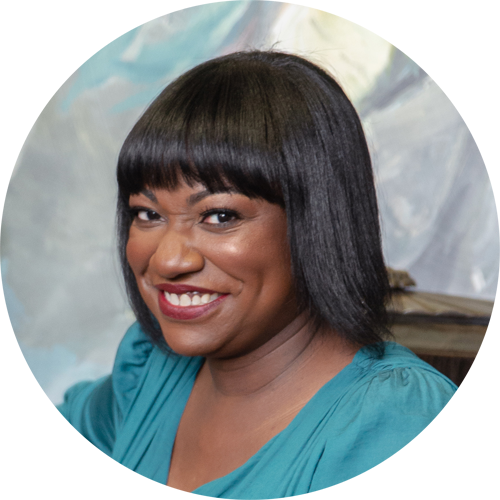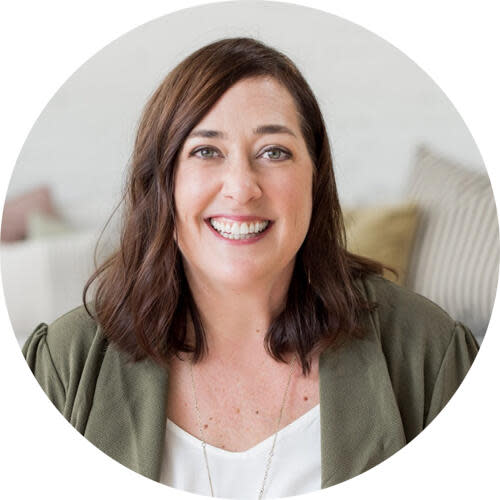How 6 designers handle employee mistakes

Trade Tales | Aug 18, 2023
Nobody’s perfect. In a complex and nuanced industry, employees are bound to make professional missteps. That’s why we asked six designers—Victoria McKenney, Cheryl Luckett, Martin Goddard, Jennifer Verruto, Melinda James, Rachael Grochowski and Jenni Lauri—how they navigate these mistakes and move forward.

GAME PLAN
“I truly believe that every mistake is an opportunity for learning, so it is important to first review what went wrong, and if there is a way to make sure this mistake doesn’t happen again, we run through what we can change moving forward. Preventing this from happening again is really the key, which might mean putting some new procedures in place. If it was a costly mistake, I would not penalize the employee financially, but I would certainly try to communicate how the mistake has an impact on the company as a whole. Ultimately, listening to the employee first and trying to understand what went wrong is of the utmost importance. Strategic solutions can follow from there.” —Victoria McKenney, Enviable Designs, Vancouver

LIVE AND LEARN
“It’s important to cultivate a workplace environment where employees feel that it’s OK to make a mistake, or to have an idea or a suggestion that fails. It’s often the mistakes, missteps and failures that help us learn and grow. In the event that something goes wrong, it’s important to address the issue as soon as possible. I work with the employee to find a solution and to identify the cause of the issue, and the steps and potential process changes that will need to be made to avoid making the mistake again. It’s also important to reinforce that we’re all human and we all make mistakes. It’s what you do with the knowledge gained from them that matters.” —Cheryl Luckett, Dwell by Cheryl, Charlotte

BOUNCE BACK
“[When] mistakes happen, it’s often the easiest path to seek blame, but we choose the more challenging yet infinitely more rewarding route. We embrace the situation, delve deep to understand the underlying reasons and collaboratively find solutions. Our aim isn’t to dwell on what went wrong, but to answer two key questions: ‘Where are we now?’ and ‘How can we move forward while learning for the next time?’ We’re in a creative industry with creative minds; paths to success are seldom linear. If anything, every challenge faced and overcome only adds to our resilience.” —Martin Goddard, Goddard Littlefair, London

NO JUDGMENT ZONE
“Our approach to handling mistakes is rooted in fostering a culture of transparency, accountability and support. Employees are encouraged to share mistakes promptly, allowing us to address issues swiftly and collaboratively. Instead of placing blame, we focus on understanding the root cause of the mistake. By taking a nonjudgmental stance, our team feels comfortable and supported to report mistakes in the future. Sometimes issues need to be resolved quickly and there isn’t time to talk, so we always make sure to touch base later to discuss solutions or [figure out] if more training is needed to ensure those mistakes aren’t repeated. By embracing mistakes as part of the learning process, we empower our employees to take risks, innovate and contribute to their personal growth.” —Jennifer Verruto, Blythe Interiors, San Diego

INHALE, EXHALE
“My first step when an employee makes a mistake is to get grounded: Taking a deep breath and feeling the earth beneath my feet helps me move forward with intention instead of anger or frustration. Next is to own the mistake. As principal, every mistake comes back to me. Then I find the solution, which usually requires the employee to understand the mistake and how it could have been avoided. They present the solution or options to the client or contractor for resolution, again taking ownership. Once the process is complete, I sit with the employee to review what can and should be done differently next time. Mistakes often cost money to resolve and evoke a feeling of inadequacy—both for the employee and the leader. As a principal, I need to ask for excellence and accept that mistakes are going to happen—use them as teachable moments and focus on the end goal.” —Rachael Grochowski, RHG Architecture + Design, Montclair, New Jersey

TEAM TROUBLESHOOTING
“Our approach is all about finding solutions. When challenges arise, we don’t get caught up in pointing fingers; instead, we shift our focus to resolving the issue. We channel our energy into improving our processes and systems, benefiting the entire organization. Through training and coaching, we equip ourselves with the skills and knowledge needed to address these situations head-on and find effective solutions.” —Jenni Lauri, Lauri Design Studio, Beverly Hills
Want to stay informed? Sign up for our newsletter, which recaps the week’s stories, and get in-depth industry news and analysis each quarter by subscribing to our print magazine. Join BOH Insider for discounts, workshops and access to special events such as the Future of Home conference.

